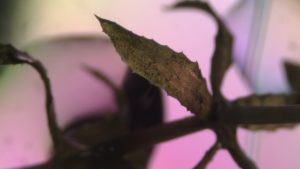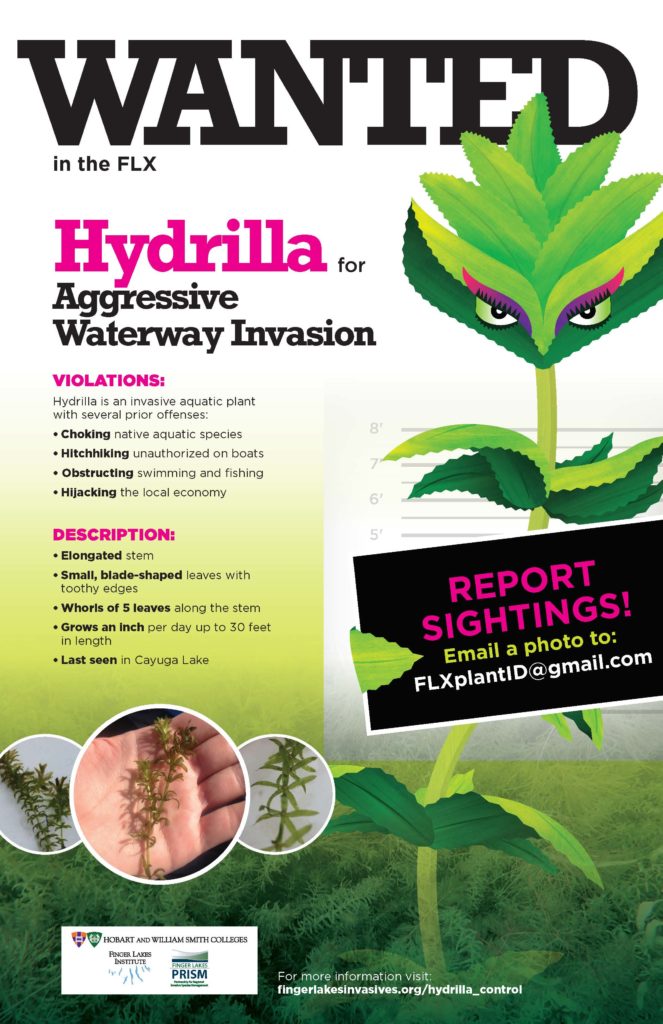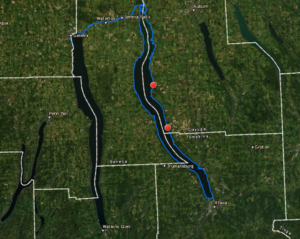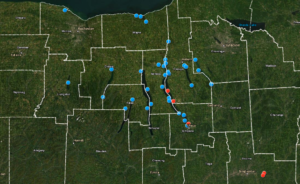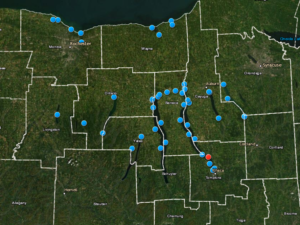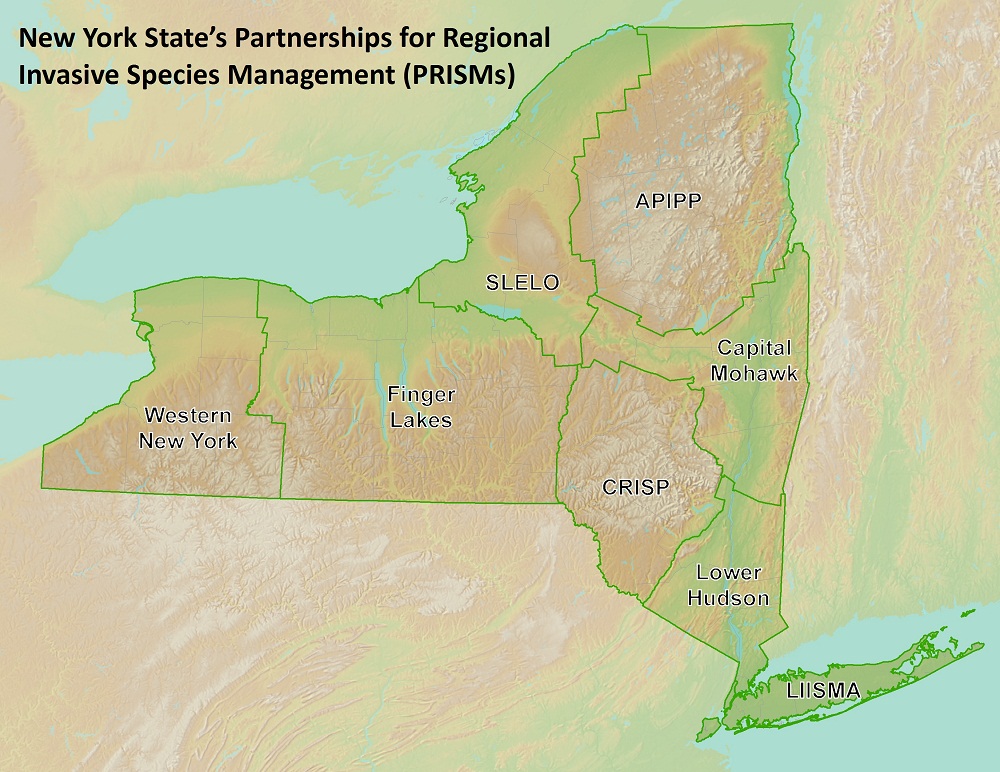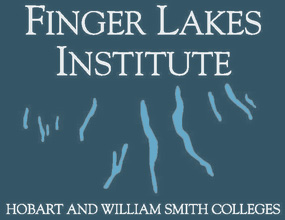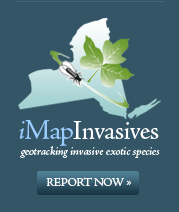WANTED IN THE FLX: Hydrilla
| Table of Contents |
| What is Hydrilla? |
| Control |
| Survey |
| Additional Resources |
What is Hydrilla?
- Hydrilla (Hydrilla verticillata) is an invasive submersed aquatic plant, originating from Europe and Asia, that has infested Cayuga Lake and other water bodies in the Finger Lakes Region
- Hydrilla is a perennial plant with noticeably toothed leaves that often grow in whorls of three to eight, usually five
- Hydrilla spreads quickly and grows in dense stands that out-compete native species and negatively affect the aquatic ecosystem
- Hydrilla can clog waterways and hinder recreational activities including boating, fishing, and swimming
- Hydrilla is commonly spread by boating and fishing equipment. Therefore, education and stewardship are the best management strategies to prevent its spread
 Email FLXplantID@gmail.com for copies of these posters!
Email FLXplantID@gmail.com for copies of these posters!
Hydrilla has been reported previously in our region in Monroe, Cayuga, Tompkins, Broome, and Tioga Counties (http://www.dec.ny.gov/animals/104790.html), with the Tompkins County infestation being particularly widespread. This infestation has been the focus of significant removal efforts since 2011, and in October 2016, another Hydrilla infestation approximately was found 35 km north of the Tompkins County infestation, close to Aurora in Cayuga County. Treatment and monitoring has been conducted by the United State Army Corp of Engineers (USACE) in collaboration with local stakeholders and partners. Since 2016, two additional Hydrilla populations were detected on Cayuga Lake at private marinas, and another at a private pond in Tioga County.
Map with extent of Hydrilla
Data taken from iMapinvasives. Absence of data does not necessarily mean absence of the species at that site, but that it has not been reported there. For more information, please visit iMapInvasives.
Control
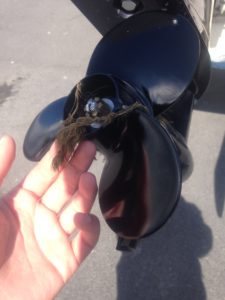
Plants caught in a prop. Always make sure to check your prop before and after launching your boat to stop the spread!
In 2017, the Finger Lakes Institute (FLI) at Hobart and William Smith Colleges (HWS) was awarded an Environmental Protection Agency Great Lakes Restoration Initiative (EPA GLRI) grant to survey for and control Hydrilla infestations. Point-intercept surveys were conducted in waterbodies known to have Hydrilla populations, waterbodies nearby, and areas around high-use boat launches in the region. Surveys will continue to target the recreational boating pathway of invasion, specifically boat launches and marinas.
Survey
Seasonal staff conduct aquatic plant surveys in locations where Hydrilla may be likely to spread, such as:
- Waterbodies near known infestations
- Boat launches and marinas
| 2018 | 2019 | 2020 | |
| # Rake tosses | 1,902 | 7,478 | 10,733 |
| # Waterbodies sampled | 2 | 16 | 15 |
| # Counties sampled | 3 | 11 | 13 |
| Area surveyed (acres) | ~107 linear miles of shoreline | 3,569.1 | 8,099.9 |
2018 Survey
The Finger Lakes Institute began surveying for the presence of Hydrilla in our region in 2018. The surveys used the point-intercept method, where rake tosses were done at regular intervals along the entire shoreline of Cayuga Lake, to water depths of 25 ft.
2019 Survey
During the 2019 field season, point-intercept surveys targeted boat launches and marinas in waterbodies known to have Hydrilla populations, waterbodies nearby known infestations, and areas around high-use boat launches in the Finger Lakes region and in Lake Ontario embayments – not just Cayuga Lake. A new infestation on Cayuga Lake was detected at a private marina at the end of August 2019. This site was treated using a copper-based herbicide in October 2019. This site was treated using the herbicide fluridone later on in 2020.
2020 Survey
Point-intercept surveys were conducted from July through November, again focusing on boat launches and marinas throughout the region. Hydrilla was detected only within the treatment area of the Lansing infestation, which was treated with fluridone in July.
You can help monitor the spread of invasive species!
If you see a suspicious-looking plant, send photos and location to FLXplantID@gmail.com!
Additional Resources
Cayuga Lake Watershed Network
NYS DEC
